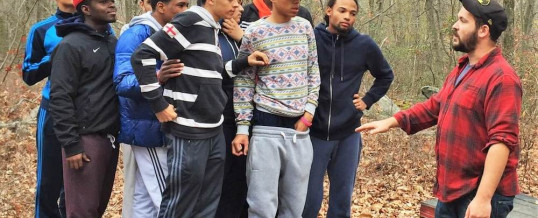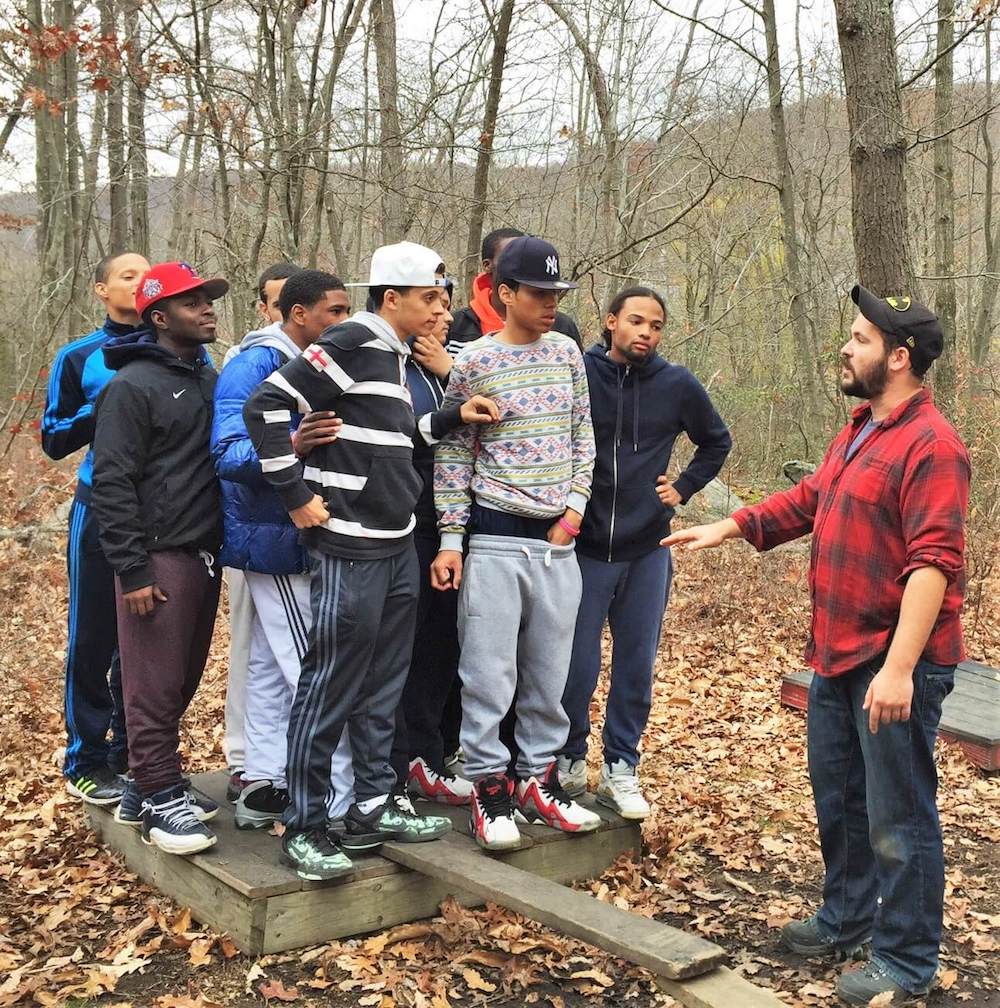
 Men’s Group Retreat
Men’s Group Retreat
“Last year, CYD staff served close to 3,500 students across our three partner schools, and despite the switch to remote learning, reached 72% of enrolled students.” How do we know that, and how do we keep track of it?
Forrest Buckman, Director of Data Development, and data manager Suzette Ferguson are responsible for collating and analyzing data from CYD’s partner schools. Through this analysis, CYD is able not only to keep records of progress and development, but to anticipate and accommodate future challenges and inform program design.
“In order to know where you are, you have to know where you’ve been and how you got there. Data is the often unseen thread that records our efforts and connects past, present, and future,” says, Forrest. “One thing we keep a close eye on is changes in demographics and the way various groups use our services.” For example, when data revealed that young men of color at MCNDHS were utilizing college and career services at a far lower rate than women, CYD responded by launching the Men’s Leadership Group to engage at-risk young men. By allocating specific resources to this group, we saw an increase in graduation numbers and college enrollment.
All program staff records interactions with students on a daily basis into CYD’s proprietary database, CYDNow. The database is flexible to accommodate the unique needs of the organization. This has been especially useful during COVID-19 and remote learning. “This year has put huge pressure on staff. They’ve had to develop ways to encourage attendance and engage students who are tired of sitting in front of computers, but still need help in getting to graduation and planning their next steps. We’ve done a lot of adjustment to make our system even more seamless and intuitive to make it easier for them to enter data so that their energy can be spent elsewhere,” Suzette describes.
CYD also tracks college enrollment through our partnership with The National Student Clearinghouse, which gives us a window on students’ journeys to a postsecondary degree. “This data has shown us that students often make it through the first year, but are derailed in year two, frequently due to financial constraints. That has reinforced our focus on preparing high school students with skills so that they can get sustainable employment while they’re in college,” says Ashley Falzone, Employment Coordinator.
Your dollars make a difference!
Without the support of each and every one of our individual donors, the stories you read about and the programs that make an impact in the lives of our young people would not be possible. Thank you!
JUN
2021



